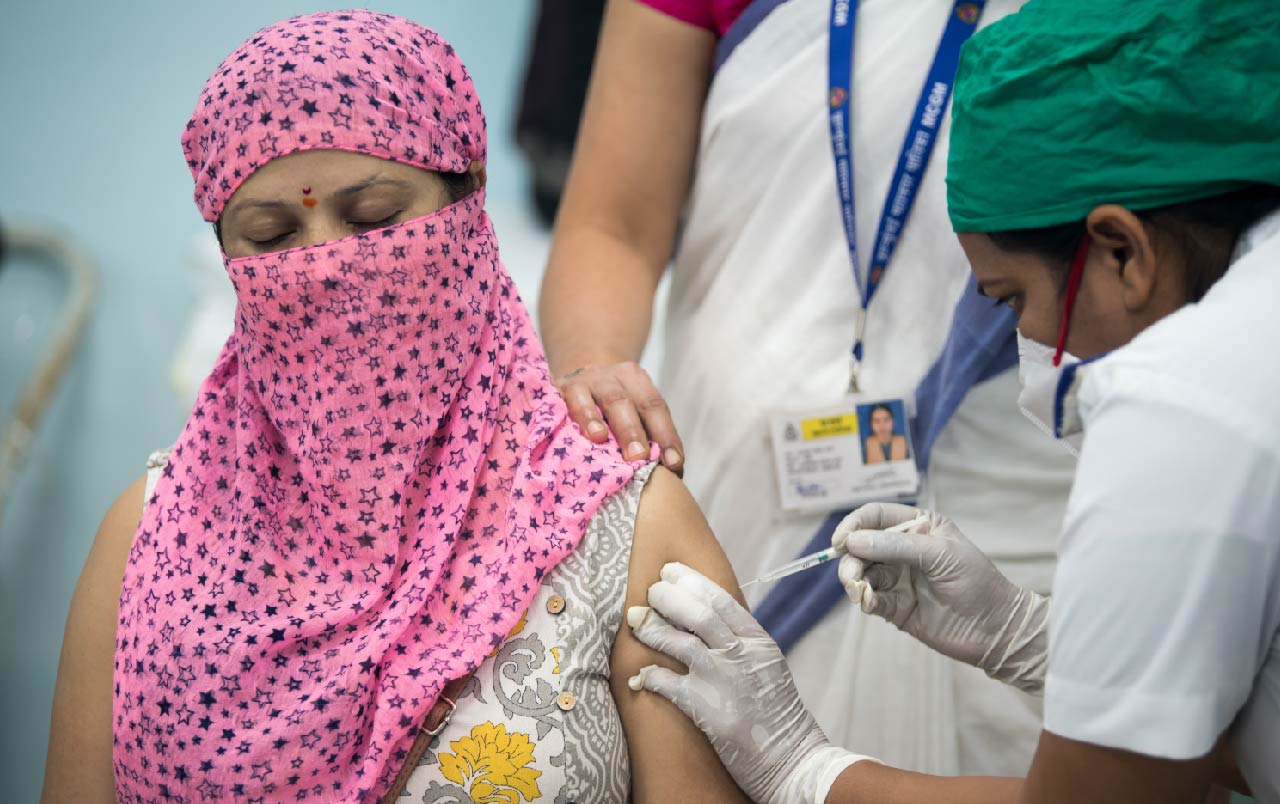As data from the last few months become available, the financial situation looks discouraging. At the same time, there is…
India’s decentralised but unified response to COVID-19 deserves commendation.
Consider these facts from the WHO Global database on India: a country with a population of 1.3 billion. Less than 1% of the population are confirmed cases, and the crude Case Fatality Rate (CFR) is of only 1.43%. That is well below most other countries, for example, Brazil (2.43%), China (4.77%) or South Africa (3.12%). India carried out over 200 million COVID-19 tests. It is above the world average.
Now India has started the vaccine roll-out. In brief, it will look like this:
- Around 300 million people are to be vaccinated in the first phase. The target population proposed for Phase-I includes Healthcare Workers (10 million), Frontline Workers (20 million), and people above the age of 50 (260 million). Only those below 50 years old, suffering from chronic illnesses, will be covered as well in this first phase (10 million).
- Each vaccination team will consist of five members: the main officer (doctor, nurse, pharmacist, or anyone legally qualified to administer an injection), supported by one person for security and one for document verification, and two people responsible for crowd management and communication.
- About 15-20 persons will be vaccinated per hour, with a maximum of 100 persons per session, per site and per day. Vaccination of high-risk populations may require mobile outreach sites and teams.
- The Government has introduced a new digital platform called Co-WIN for the vaccination roll-out. The platform is intended to record vaccine data and will serve as the dynamic repository for the vaccination data.
Efficient vaccine roll-out
The emphasis is on operationalising this immunisation plan to deploy the initial tranches of COVID-19 vaccines efficiently. The aim is to cover up to 20% of the most vulnerable population by the targeted date of June 2021 and carry out coordinated and equitable deployments.
In doing so, the Central Government and the Indian states are guided by the following principles:
First: defining priority groups for vaccination based on different epidemiologic settings and vaccine supply scenarios. To achieve this, states are making evidence-based, context-specific decisions, accounting for different groups’ risk profile. Groups are based on age (above 50), underlying health and comorbidities, and socio-demographic risks, among other factors. Across all settings, and regardless of the supply scenario, the frontline health personnel is always provided first access.
Second: the focus is on enhancing service delivery quality and adequacy, improving public communication, and identifying vaccine demand. Across the states, efforts are already underway to deliver vaccines to target populations. At the same time, a strengthening of infection prevention and control protocols continues.
Third: communities and civil society organisations are being engaged, listened to and provided high-quality credible information. This, in turn, is driving vaccine demand upwards. Outreach efforts include a targeted Information, Education and Communication (IEC) campaign to undertake and sustain active contact with the community. In particular, it is meant to ensure that there is broad ownership by the vaccination campaign community.
Fourth: well-equipped health institutions and teams of senior specialist health care professionals have been designated in each geography/district. They are there to deal with adverse events following the vaccination, should they arise.
A global public good
As at the end of the first week of February 2021- a mere twenty days into the vaccine roll out – over 5 million people had received the vaccine. India believes that vaccines must be treated as a global public good.
So far, it has supplied COVID-19 vaccines to 15 countries. Some developing countries are receiving the vaccine on a grant basis, while others on par with the price that the Indian Government pays to the vaccine makers.
Almost a year since COVID-19 emerged, we can be optimistic. India is committed to translating this optimism into action. How well India does this will substantially shape its progress and direction in the coming years.
Text editor: Gabriela Keseberg Dávalos


